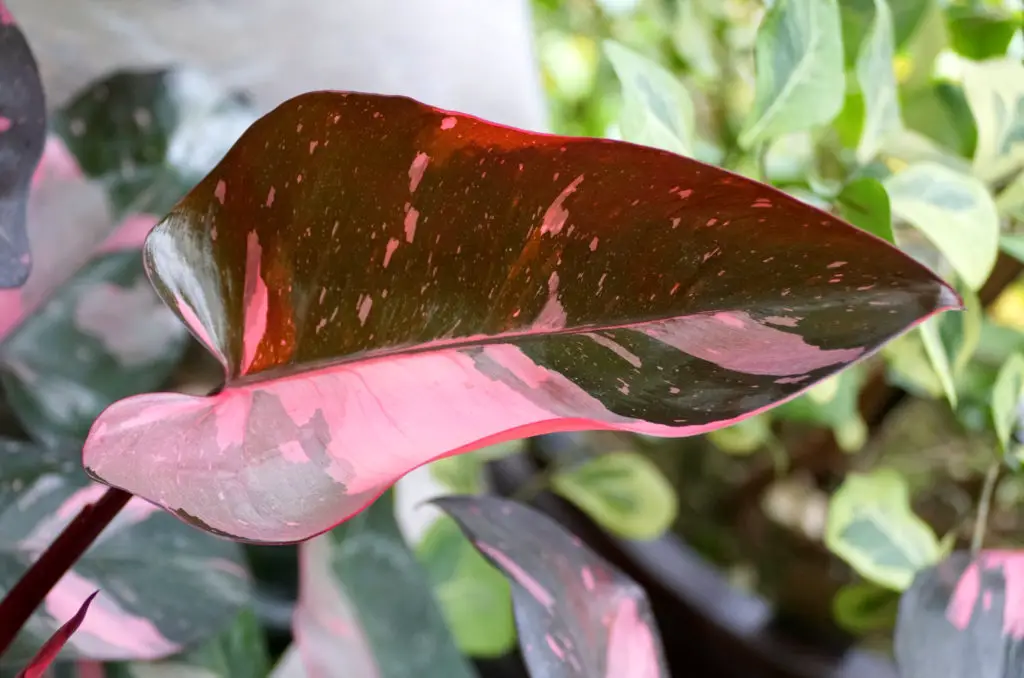
The Pink Princess Philodendron is a true pink variegated beauty with some hefty price tags. Unfortunately, certain situations can cause them to revert, i.e., turn dark green or burgundy in this case. So why does this happen?
As a whole, Pink Princess Philodendron plants revert due to a lack of light, forcing the plant to increase chlorophyll production and create new, more efficient leaves. This helps them better absorb sunlight for food production. The pink leaf sections do not contain green chlorophyll pigments.
If you would like to know more about variegation and whether it comes back read our article on reverted variegation and how Pink Princess Philodendron may just be the exception to the rule.
Below, I elaborate more on this phenomenon to give you a better understanding of the plant’s variegation:
(As an Amazon Associate, I earn from qualifying purchases.)
Table of contents
What Causes the Pink Variegation on Pink Princess Philodendron?
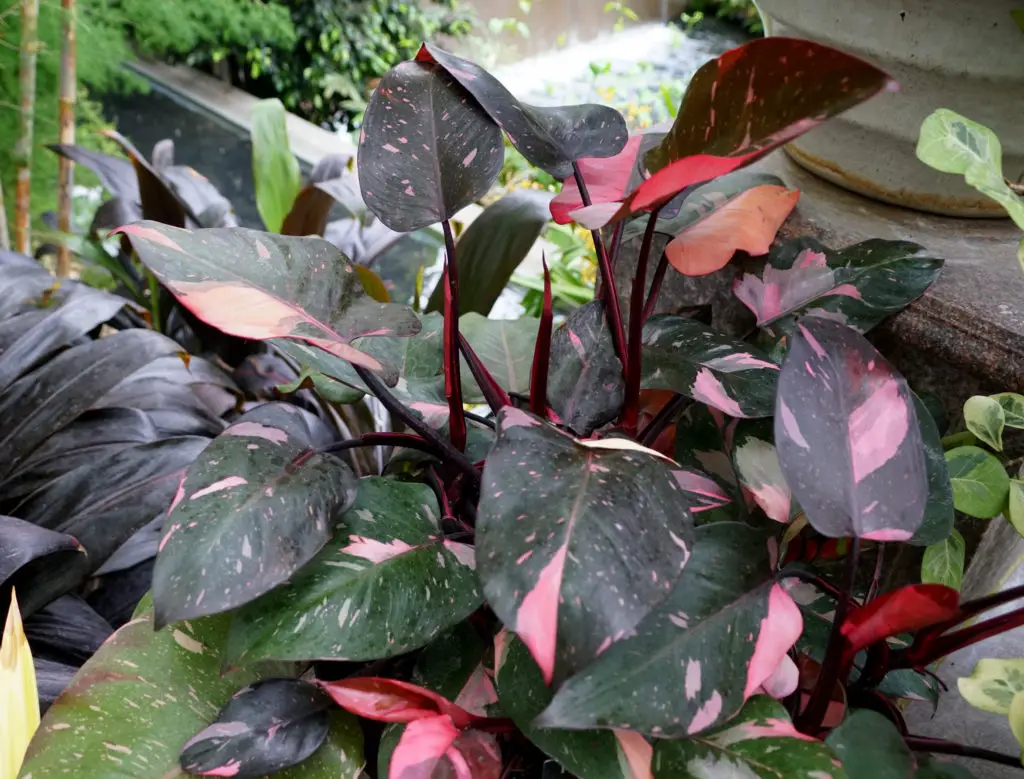
Essentially, the pink variegation is caused by a random cell mutation in the plant’s genetics. It’s called chimeric variegation. It’s the sort that isn’t stable and has every chance of disappearing.
Basically, none of the seeds you get from this plant are guaranteed to develop into adult plants with pink leaves. This is because the cell mutation itself is random and, while it could potentially happen, it is not a 100% guarantee. It’s similar to taking cuttings from a Pink Princess Philodendron. However, the chances are slightly better if the stem or leaf cutting has pink, striped variegation.
Leaf cuttings with variegation are more likely to produce variegated plants. This is true of the White Princess Philodendron and all unstable mutation-variegated plants as opposed to plants with consistent, stable patterns on their leaves like a Calathea (link to article & picture examples of stable Calathea patterns).
If you like your Pink Princess, check out our article: What Is A Philodendron White Princess & How To Care For It?. These tend to be a little pricier than the Pink Princess but, if you like variegated plants, it’s worth a look.
Can a Pink Princess Philodendron Revert i.e. Lose Its Variegation?
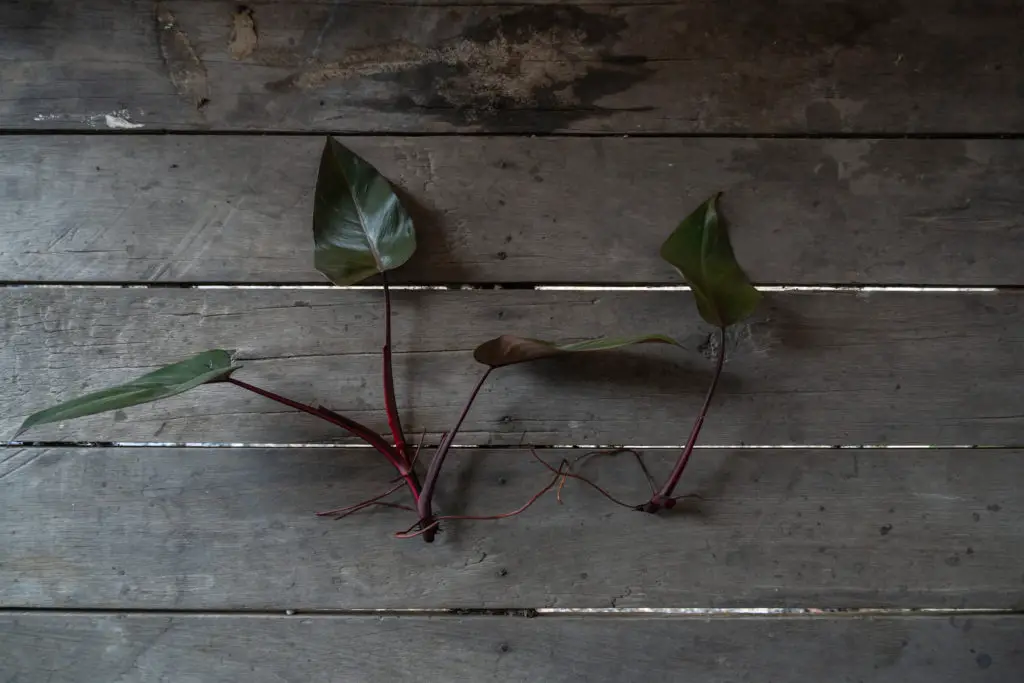
Unfortunately, yes. Pink Princess Philodendron can revert and lose variegation in two ways:
- By turning its pink variegated leaves into a burgundy color, indicating chlorophyll pigments have appeared.
- By developing more non-variegated, green leaves.
As mentioned, these happen because it’s in the plant’s best interest to dump the pretty pink leaves for more functional chlorophyll-filled green leaves. But the vital thing to understand is the cause of the reversion in the first place – inadequate sunlight. If the plant has not been receiving enough light, it will produce more chlorophyll to absorb as much light as possible.
However, readjusting its light needs is a secondary concern once the reversion process starts. The first is to preserve the plant’s variegation, so it doesn’t completely fade away. Here’s how you can do that:
- Remove the excess green and turned-burgundy leaves. Otherwise, this will quickly overtake your pink leaves. The former is more manageable than the latter, so be quick when it does happen.
- Propagate any stem cuttings. Even if these don’t develop into another set of Pink Princess Philodendrons, you get to have an extra plant out of it anyway. Note: You can’t propagate a variegated cutting on its own. It will not be able to support itself due to its lack of chlorophyll pigments.
After you’ve done the above, ensure to give the plant plenty of indirect sunlight. You don’t want any repeat of reversion after going through all the trouble fixing up your Pink Princess Philodendron, especially if you’ve spent plenty of moolah on the plant.
How To Tell if My Pink Princess Philodendron Has Reverted?
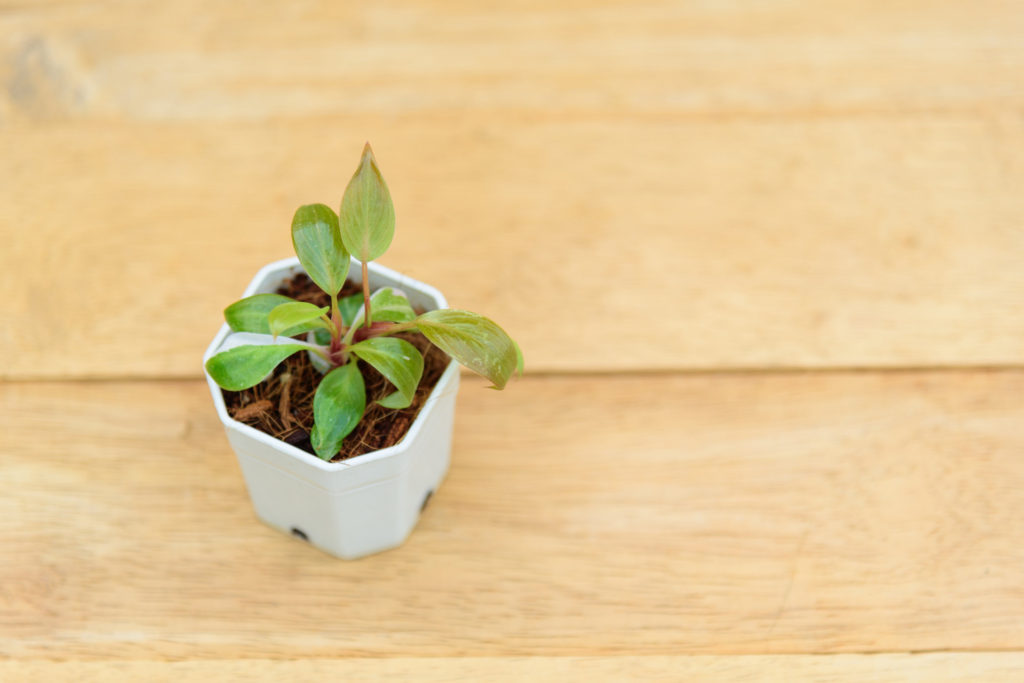
There are two ways to identify this:
- A pink variegated leaf has darkened to a burgundy color.
- More pure green leaves have developed.
Apart from that, it tends to happen without warning. The best thing you can do is check your plant from time to time to see if it’s doing well and not reverting. Fun fact: Most of the time, some refer to a reverted Pink Princess Philodendron as a Burgundy Princess. It’s essentially a nicer name to call it that instead of a reverted plant.
How Do I Get My Plant’s Variegation Back Once It Has Reverted?
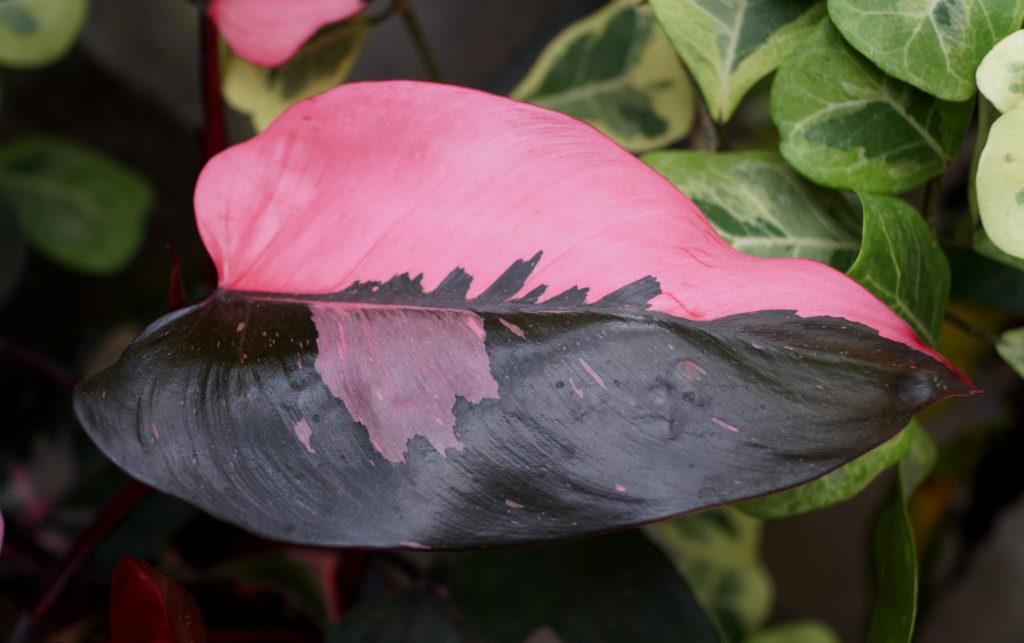
Once a plant has reverted completely, it is unlikely you’ll ever get the variegation back. However, there’s a chance you may be able to get new variegated plants by propagating stem or leaf cuttings from the reverted plant. This method is not foolproof, but it wouldn’t hurt to try.
Remember that the cell mutation responsible for the pink variegation is still a random occurrence. It has the potential to happen again, but you shouldn’t hedge your bets on it. You can either propagate your plant or accept your new Burgundy Princess. And who knows, the plant might surprise you with a half-moon pink leaf variegation.
Final Words
Pink Princess Philodendrons are great but try not to bash on its reverted version, the Burgundy Princess. After all, the plant is only trying to make the best of its surroundings. I hope the article was in some ways helpful to all of you. Happy planting!
References:
Jian-Hang Zhang, Jin-Chu Zeng, Xiao-Mei Wang, Shui-Fei Chen, Dirk C. Albach, Hong-Qing Li. A revised classification of leaf variegation types, Flora (2020), DOI: https://doi.org/10.1016/j.flora.2020.151703
https://www.missouribotanicalgarden.org/PlantFinder/PlantFinderDetails.aspx?taxonid=269192&=
https://garden.org/plants/view/115168/Blushing-Philodendron-Philodendron-erubescens-Pink-Princess/
https://aggie-horticulture.tamu.edu/tisscult/Chimeras/chimeralec/chimeras.html


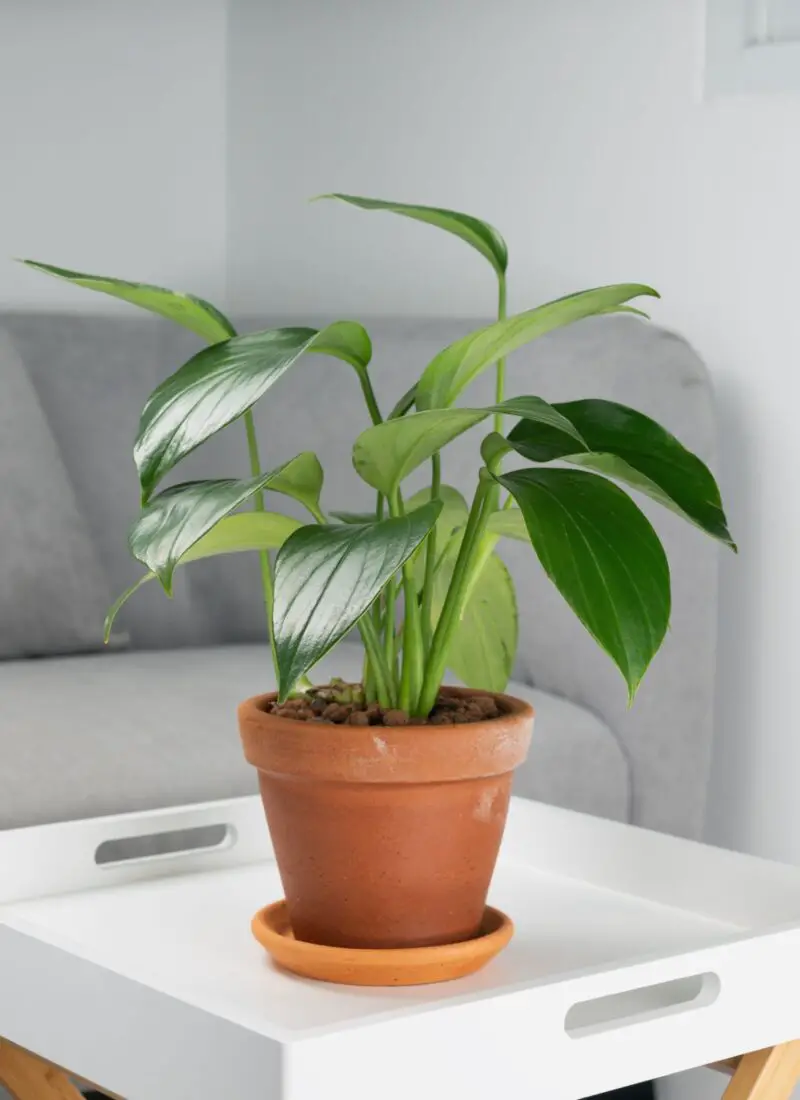
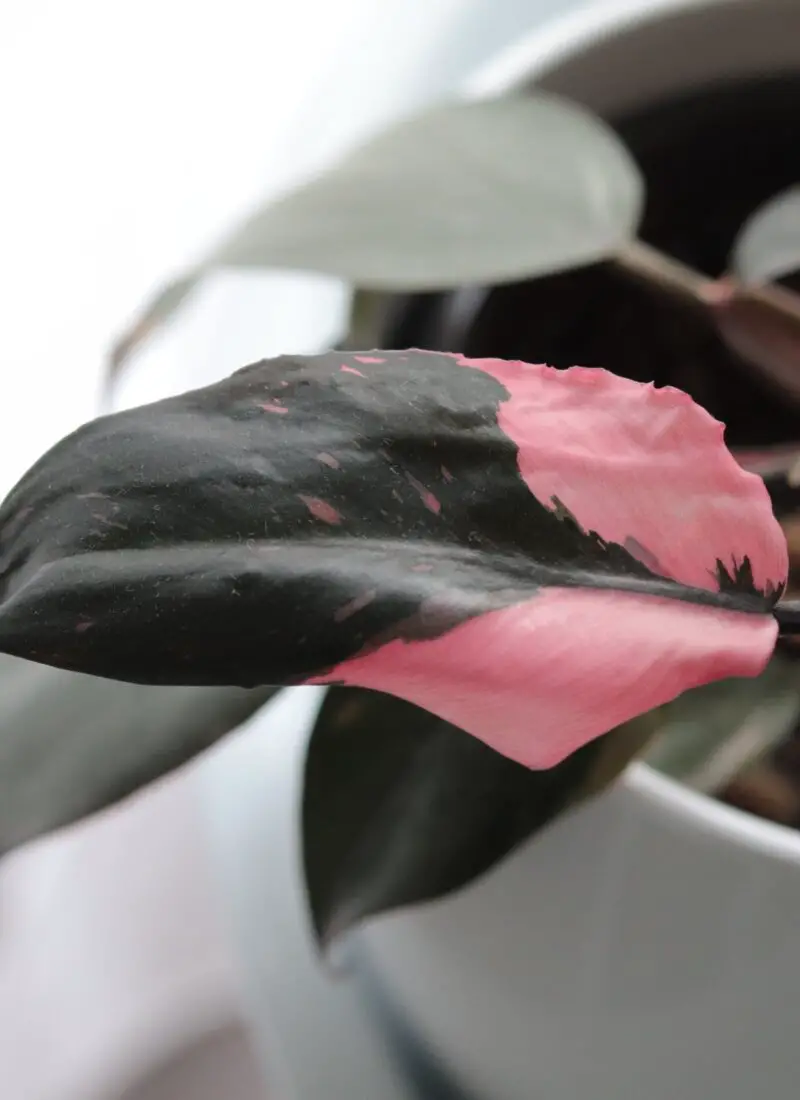


Leave a Reply